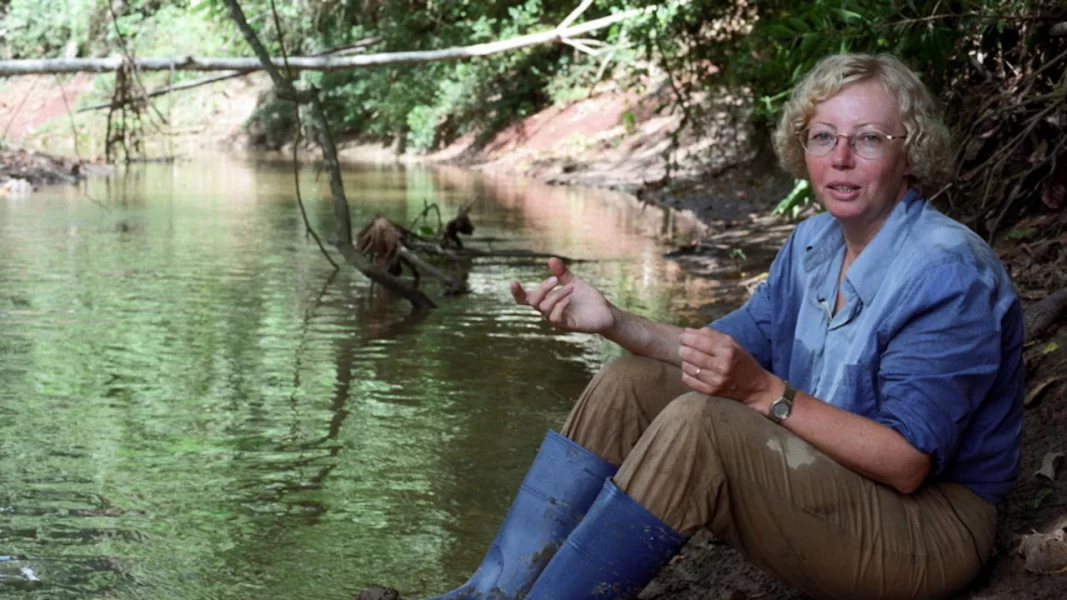
On December 23, 1971, the Lima airport was very busy and hectic. That day several flights were leaving for international and national destinations. It was the eve of Christmas day, and many people were excited and eager to board the flights to meet their family and celebrate the holiday together.
Ninety-three passengers boarded Lansa airline flight 508 bound for Pucallpa. Among them, two German women, mother and daughter, who were going to spend Christmas Eve with a German zoologist, husband and father of the two travelers, who worked at a scientific station in the Peruvian Amazon jungle
That plane would never reach its destination.
The flight was going to last an hour, but half an hour into the trip, the flight turned into hell. Shaken by intense turbulence, the plane began to descend sharply, suddenly went into a tailspin, and was struck by lightning, disintegrating in the air at about 2,000 meters.
Part of the fuselage, seats, and passengers attached to them by seat belts, were fired into the air, falling on the tops of the trees, which cushioned their fall.
A female passenger, 17-year-old German Juliane Kopcke, was the sole survivor of the crash. In reality, there were 13 survivors of the impact, but these died later, in the following days, from their injuries, although she did not know it until much later, after her rescue.
Juliane was unconscious until the next day. Upon waking up, the spectacle was Dantesque: there were bodies and clothes hanging from the branches of the trees and suitcases were scattered on the ground. There were plane parts everywhere.
Seriously affected by the impact and with some wounds infected by fly larvae that had entered her arm, the young German woman walked for ten days in the middle of the jungle, hardly eating, barely consuming a bag of candy she was carrying …
… until she was able to reach a shack, on the edge of a river, where she was rescued by missionaries and taken to a small hospital in a nearby village, where she was reunited with her father.
She didn’t know how she had managed to survive. She only remembered a piece of advice that her father gave her as a child. “If you are lost in an unknown place, follow some water course, no matter how small, that will lead you to a larger one, on whose shore there will almost always be a village,” he had told her on some occasion.
In the Amazon, this possibility is very feasible. The native indigenous communities and settler settlements are preferably located on the banks of rivers to ensure access to water, fishing as a source of subsistence, and the river as a way to move through the jungle.
Documentary: Wings of Hope.
The German filmmaker Werner Herzog was registered on that Lansa flight 508, but he did not arrive on time and missed the plane. A providential coincidence that would save his life and mark him forever.
In 1998 Herzog made the documentary Wings of Hope based on the life of Juliane Kopcke , the sole survivor of the plane crash.
Feature film: Miracles still happen.
In 1974 Giussepe Maria Scotese made the movie Miracles Still Happen about the accident.
Book: When I fell from the sky.
Juliane, many years later, wrote her memoirs and her version of the accident in the book When I fell from the sky .
This post is also available in:
![]() Español (Spanish)
Español (Spanish)
